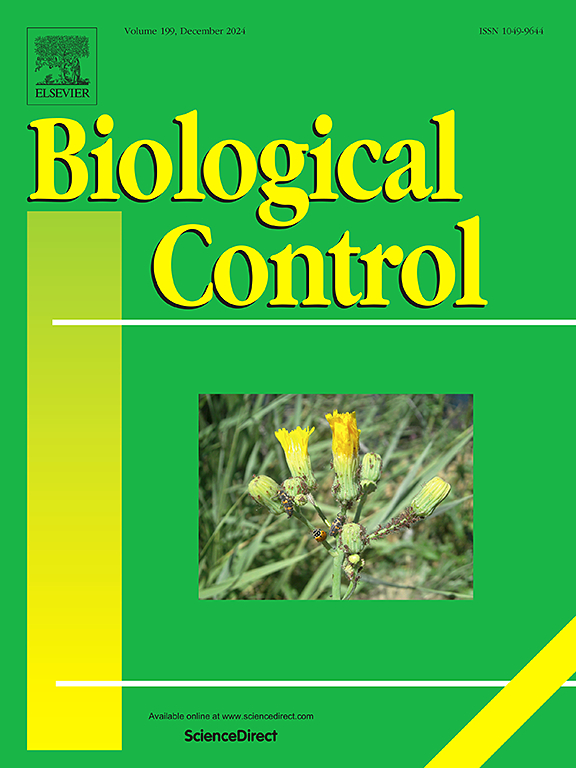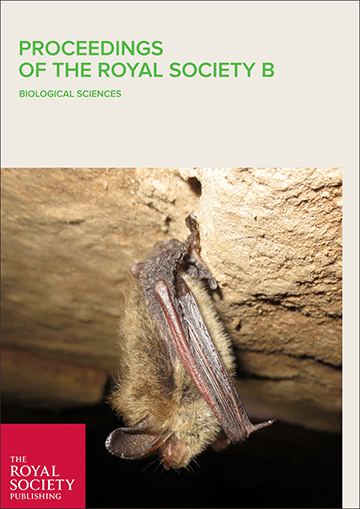Conservation agriculture (CA) is promoted extensively to increase the productivity and environmental sustainability of maize production systems across sub-Saharan Africa and is often listed as a climate-smart agriculture (CSA) practice. However, the impacts of CA on food security, resilience/adaptive capacity and climate change mitigation are location-dependent and it is unknown whether CA can simultaneously address CSA's multiple objectives. Here we evaluate four variations of CA: reduced tillage plus mulch (mulch), reduced tillage plus mulch and leguminous cover crop (Lablab), reduced tillage plus mulch and leguminous trees (CAWT), and reduced tillage plus mulch and nitrogen fertilizer (CA + F)-for their effect on CSA-relevant outcomes in highland Tanzania maize production. By comparison to conventional practice in the region, intensification of maize production by Lablab, CAWT, and CA + F significantly increases yields by 40, 89 and 77 %, respectively. Likewise, rainfall use efficiency was highest in these three treatments and significantly greater than conventional practices in 7 of 12 comparisons. Seasonal and annual greenhouse gas fluxes were similar across all treatments; however, yield-scaled global warming potential (Mg CO2 eq Mg grain-1) was lower in CAWT (2.1-3.1) and CA + F (1.9-2.3) than conventional practice (1.9-8.3), averaging 62 and 68 % of the emission intensity of conventional practice, respectively. The findings demonstrate that CA can deliver benefits consistent with the objectives of CSA for farmers in this region, particularly when soil nitrogen limitation is alleviated, providing other constraints to adoption are removed.
DOI:
https://doi.org/10.1080/14693062.2014.912979
Altmetric score:
Dimensions Citation Count:
























